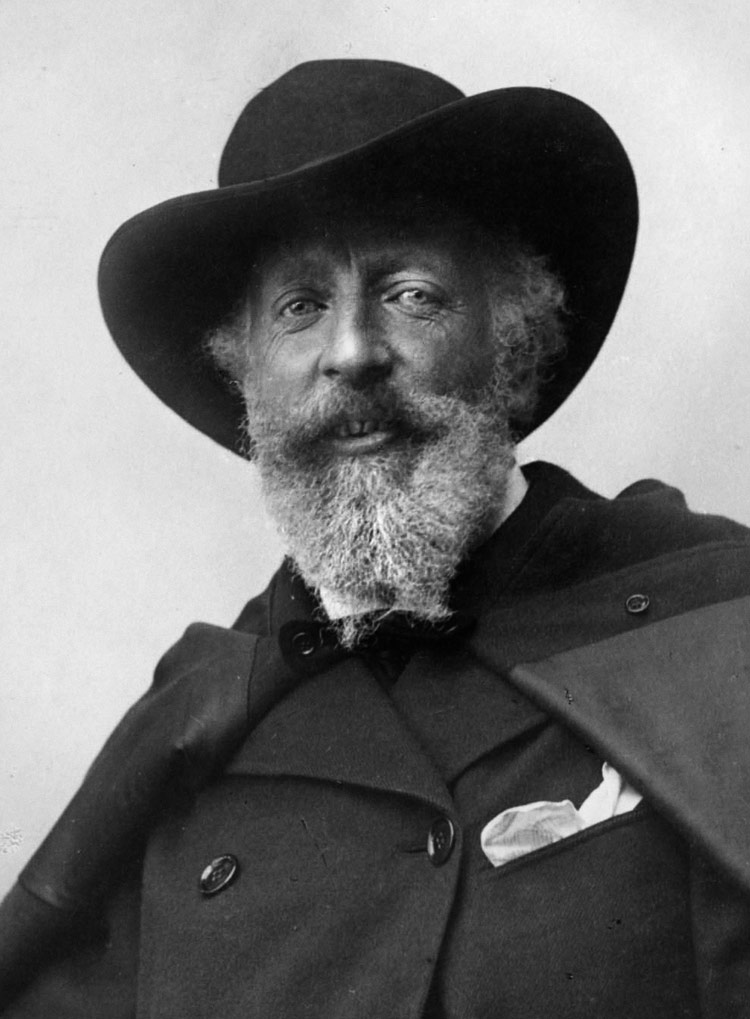
Holger Drachmann – the Sea as a Focal Point
Most Danes know Holger Drachmann (1846-1908) from “The Midsummer Song”, which he wrote in 1885. Today, this song is still sung around the Midsummer’s Eve bonfires all over the country. The multi-talented Holger Drachmann was an eminent painter, poet, writer, playwright and respected art critic. He was also somewhat of a celebrity and controversial personality in Danish cultural life, since this free-spirited lifestyle did not always fit with the norms of the time. This reputation also helped shape the subsequent myths about the great artist. Together with the Norwegian painter Frits Thaulow, Holger Drachmann visited Skagen in 1872, and here he discovered a haven, where he found artistic inspiration in nature and the local population. He encouraged other artists and free-thinking bohemians to make the journey to Skagen, and together they established the artists’ colony.
“I am sea. I cannot do anything else.”
Holger Drachmann
In 1866, Holger Drachmann was admitted to the Royal Danish Academy of Fine Arts in Copenhagen, where he trained as a marine painter. Throughout his career, the sea was the focal point of his paintings and literary works – both the calm and the turbulent sea, the shore, the ships and the people who worked on seagoing vessels. His father was a naval doctor, so even as a child the sea played an important role in Drachmann’s life. Many hours were spent at the custom house near his home in Amaliegade in inner Copenhagen, and as an adult he liked to go on longer journeys by boat. For a period, Holger Drachmann even used the sea as a literary image of his spiritual self, and it was therefore most likely no coincidence that he settled at Skagen, where the Kattegat and Skagerrak straits meet.
Other artists of the time often depicted Holger Drachmann wearing his characteristic cape and exotic hats. His restless nature probably made him the most well-travelled of the Skagen painters and led him all the way to New York, USA, and Halifax, Canada, and from woman to woman, but it also enabled him to be extremely productive, working every day on his paintings and literary works at a furious pace. That is why there are also a large number of works from his time in Skagen, where he settled down in earnest during the final years of his life together with his third wife Soffi in the artist home called “Pax”, which functioned as a meeting place for the artists and intellectuals of the time. In 2019-20 he was the focus of the separate exhibition “I AM SEA. Holger Drachmann with pen and brush” at the Art Museums of Skagen, where several of his other main works are located such as “The Roaring Sea. Skagen’s Gren”, “Breakers. Skagen” and “Morning Mood at the North Beach. November”.